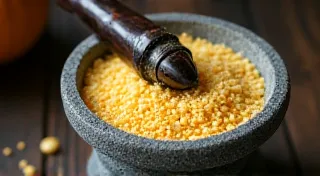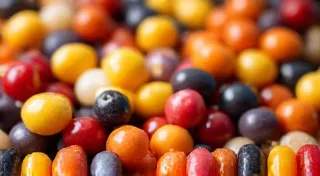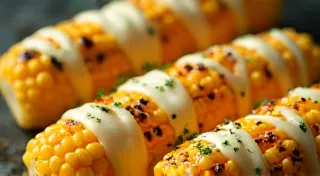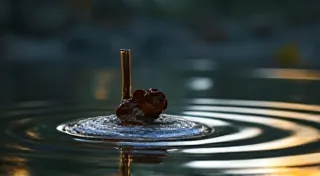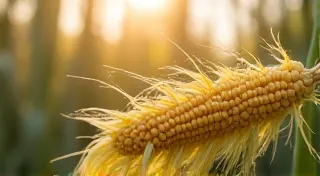Understanding Corn Pollination & How to Help It
A bountiful harvest of heirloom corn is a truly rewarding experience. But behind those plump ears lies a fascinating and essential process: pollination. Many new gardeners, and even some experienced ones, underestimate the importance of corn pollination and how it can directly impact their yield. This article will break down the intricacies of corn pollination and offer practical advice on how to ensure your heirloom varieties thrive.
The Basics of Corn Pollination
Unlike many vegetables, corn relies on wind pollination. Each corn plant has two types of flowers: male (tassel) and female (ear). The tassel, located at the top of the stalk, produces pollen – the male reproductive material. The ears, which develop further down the plant, have silks – the female reproductive parts. For a kernel to develop, a grain of pollen must travel from the tassel and fertilize a silk. Every kernel on an ear requires pollination!
Heirloom corn varieties, known for their unique flavors and textures, follow the same pollination process as modern hybrids. However, understanding their specific needs can lead to even better results.
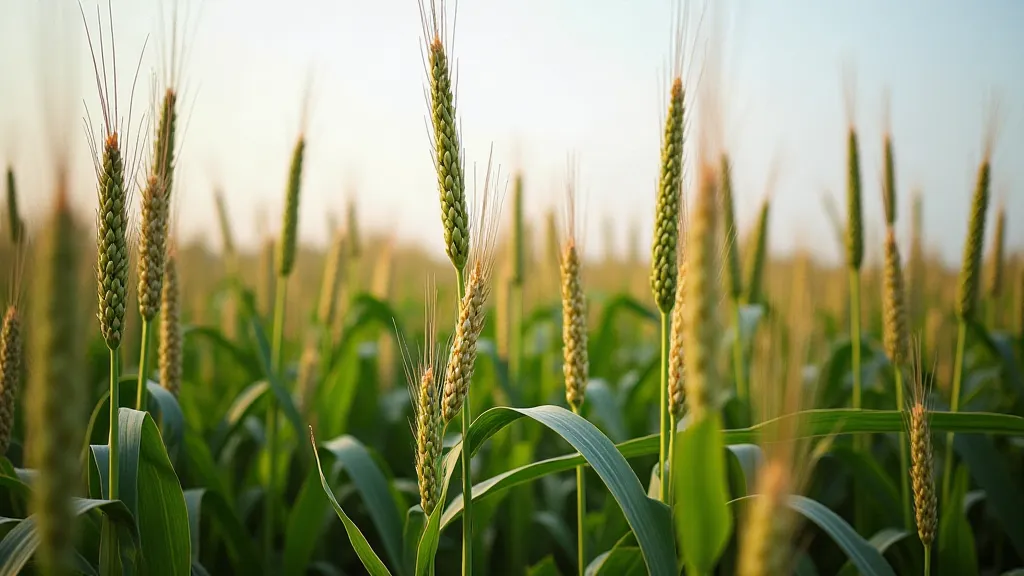
Why Pollination Can Be a Challenge
While wind naturally carries pollen, several factors can hinder the process:
- Insufficient Wind: Calm days significantly reduce pollen dispersal.
- Distance to Pollen Sources: If your corn is isolated or too far from other corn plants, pollination may be inadequate.
- Low Pollen Production: Environmental stressors like drought or nutrient deficiencies can impact the amount of pollen produced.
- Silks Becoming Unreceptive: Silks are only receptive to pollination for a limited time. If pollen isn't available during that window, kernels won't develop.
Helping Your Heirloom Corn Pollinate – Practical Tips
Here are some strategies to boost pollination success for your heirloom corn varieties:
1. Plant in Blocks
To ensure sufficient pollen reaches all ears, plant your corn in blocks rather than long, single rows. A block of at least four plants is generally recommended, though larger blocks are even better. This concentrates the pollen source and increases the likelihood of successful pollination.
2. Hand Pollination (For Specific Situations)
In areas with consistently low wind or if you're working with a limited number of plants, hand pollination can be a lifesaver. Here's how:
- Timing is Key: The best time for hand pollination is typically mid-morning on a dry day.
- Collect Pollen: Gently shake the tassel over the silks of the ear, ensuring pollen dust coats the silks. You can also collect pollen on a clean surface (like a piece of paper) and then sprinkle it over the silks.
- Repeat if Necessary: Repeat this process for several days to maximize pollination success.
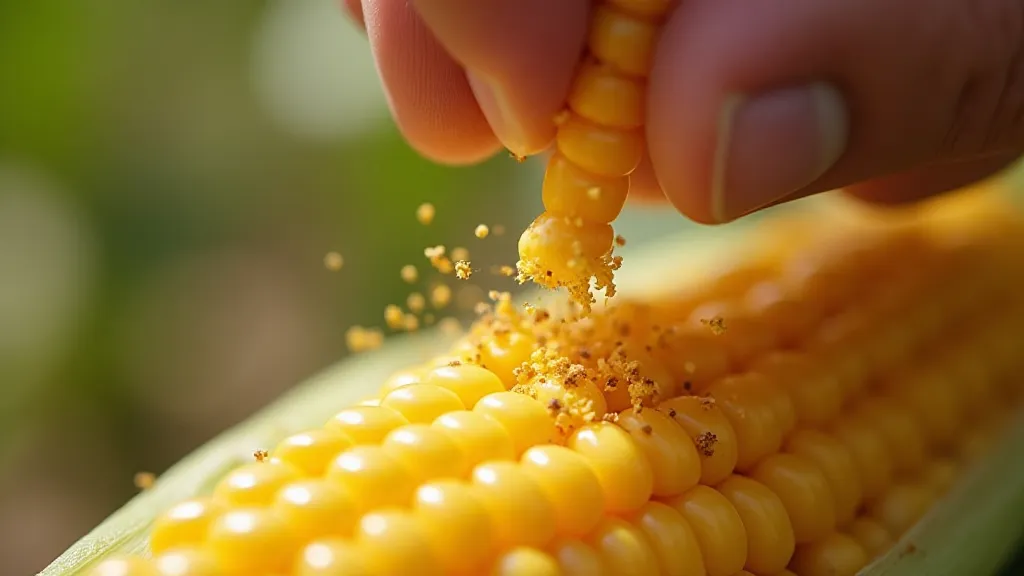
3. Plant Strategically
Consider the prevailing wind direction when planning your corn patch. Planting your block so that the tassels are upwind of the ears can help the wind carry pollen more effectively.
4. Improve Plant Health
Healthy plants produce more pollen. Ensure your corn receives adequate water, sunlight, and nutrients. Soil testing can help identify any nutrient deficiencies that need to be addressed.
5. Choose Varieties with Abundant Pollen
While all corn varieties rely on wind pollination, some are known to produce more pollen than others. Research specific heirloom varieties and choose those with a reputation for generous pollen production if you're in an area with limited wind.
Troubleshooting Pollination Issues
If you’re noticing a poor ear fill, consider these potential causes:
- Sparse Silks: Indicates insufficient pollination.
- Misshapen Ears: Can be a sign of pollination stress.
- Kernels Missing from the Ear Tip: Often a result of insufficient pollination during the early stages of ear development.
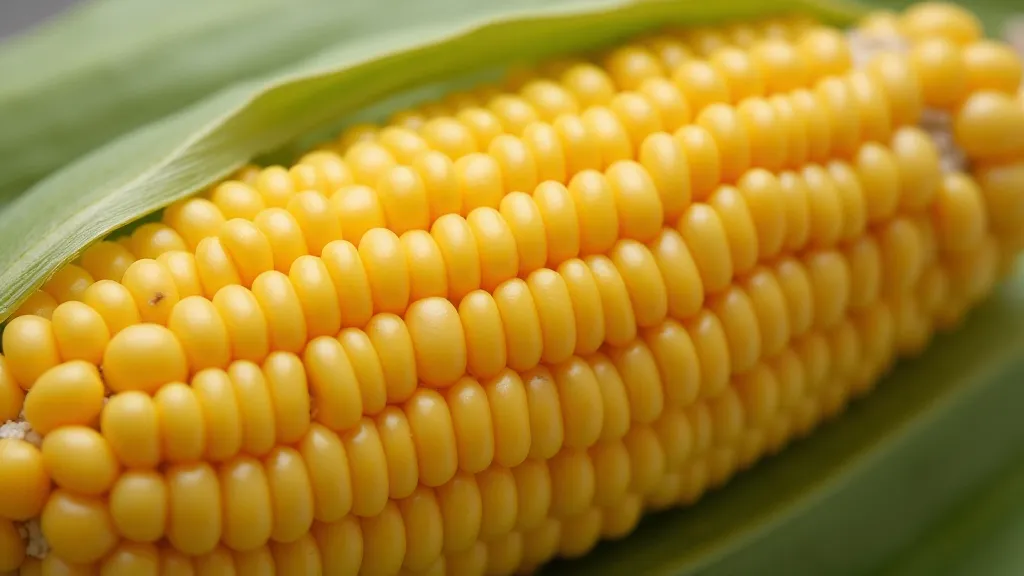
By understanding the intricacies of corn pollination and implementing these practical tips, you can significantly improve your chances of harvesting a bountiful crop of delicious heirloom corn!
